In response to the current gas crisis triggered in part by Russia’s invasion of Ukraine and the recent reductions in deliveries to Germany from Russia via the Nordstream 1 gas pipeline between the two countries, the German government implemented its emergency gas plan to ensure the available gas stocks and supplies are managed through winter 2022.
The emergency gas plan has three stages: early warning phase, alarm phase and an emergency phase. Each of the phases are described in more detail below:
Early Warning Phase
- Gas companies continue to supply as normal; no supply disruptions are reported.
- The gas transmission system operators update Germany’s economy ministry at least once a day on the supply situation.
- Electricity system operators coordinate their activities to ensure the stability of their grids.
Alarm Phase
- Triggered when there is a disruption to the gas supply or an exceptionally high demand for gas which leads to a deterioration in the gas supply outlook, but the market is still able to function without intervention.
- This stage is triggered when there is an elevated risk of long-term supply shortages, such as the reduction in supply via Nordstream1.
- This stage enables utilities to pass on the increasing cost of gas to industrial and domestic customers.
Emergency Phase
- This stage is triggered when there is a significant disruption in gas supplies, or an exceptionally high demand for gas. This phase occurs after all relevant market-based measures have been implemented, but gas supply is insufficient to meet the remaining gas demand. In this situation non-market-based measures, such as rationing, are undertaken to ensure the supply of gas to protected customers, such as domestic housing and hospitals.
Germany trigged stage 2 of their emergency gas plan on the 23rd of June 2022, with the deterioration of gas supplies via the Nordstream1 pipeline between Russia and Germany, which threatens the ability to have their gas storage levels at 80% full by October and 90% full by November ahead the peak winter demand.
What does this mean for the UK?
In terms of what the increase in the German response level means specifically to the UK gas market, it is difficult to judge. However, the UK and European markets are physically linked by gas pipeline infrastructure and therefore move in tandem. The limitation to the size of movement in the UK market versus the European market is the capacity available on those pipelines and the ability to redirect Norwegian flows away from the UK and into Europe. For both markets another key driver is the Global LNG market and the supply and demand balance of that market as much of the LNG procured by the UK and Europe is purchased on a spot basis and therefore responds to short term global competition and pricing.
The current gas crisis did not start with the Russian invasion of the Ukraine on the 24th February 2022 – gas prices had been steadily increasing since the world emerged from the pandemic in the spring of 2021. The Russian situation has only served to accelerate those price gains, increase volatility and potentially increase the duration of higher prices as the UK and Europe look for alternative supplies.
Over recent years many European countries have been burning larger amounts gas for electricity generation as they transition to a network supplied by increasing amounts of renewable electricity; this transition has seen a significant number of coal-fired power stations being retired early. However, the current crisis has seen countries needing to deploy measures to ensure continuity of electricity supplies, even if the supply to gas fired generators needs to be curtailed, due to supply disruptions or assisting in managing gas storage levels through winter. France, Germany, the Netherlands, and the United Kingdom, have all planned for coal-fired generation to either be brought out of mothballs or asked to continue to run beyond their announced closure date. There is also the possibility that heavy fuel oil may return to the generation mix.
In recent weeks the gas markets have once again seen a move higher, due to several supply side issues: the fire at the Freeport LNG terminal in Texas USA and the reduction in flows through the Nordstream1 pipeline from Russia into Germany, which the Russian operator Gazprom has stated is due to the unavailability of spare parts, as compressor parts are being held in Canada under the embargo. Markets are also adding risk premia as Nordstream1 flows are set to totally cease on the 11th of July as the pipeline undergoes planned maintenance and concerns as to whether it will return post maintenance.
Questions
If you have any questions about your current energy position or wish to explore the options you have going forward, please contact your LGE Account Manager. LGE is here to support you.
